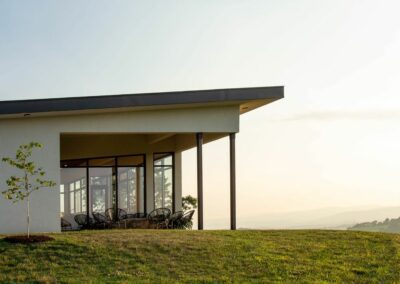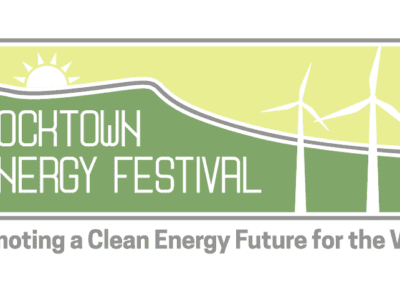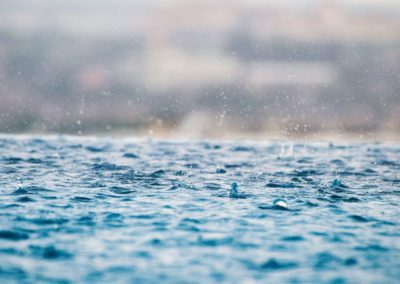A vapor barrier is a barrier that reduces the rate that water vapor can move through a material. There is discussion in the industry if a true vapor barrier is even possible. This has led to the use of the term Vapor Retarder. Vapor retarders limits moisture from passing through a materials and have three classes of permeability. Vapor Retarders per the building code have a permeability of less than 10, less than 1, or less than .1 perm.
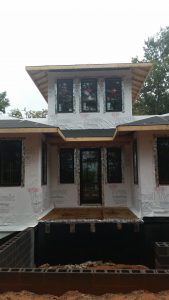
There are three categories of vapor retarding materials: Impermeable, Semi-Permeable, and Permeable. Impermeable materials include things such as plastic sheets, vinyl wall coverings, plywood, extruded polystyrene, and oil-based paints. Semi-Permiable materials included expanded polystyrene and latex paints. Most other materials are Permeable including fiberglass insulation, open cell spray foam, drywall, and stucco.
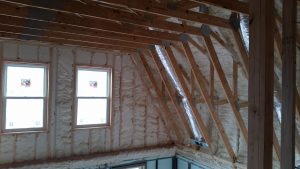
In our mixed-humid climate, we want to avoid using impermeable materials in our wall and roof systems. Allowing walls to dry in both directions is critical to the long-term durability of your structure. To further protect your home, you must have a proper ventilation system that is controlling humidity inside your structure.
Read more from our Green Term Defined series:

